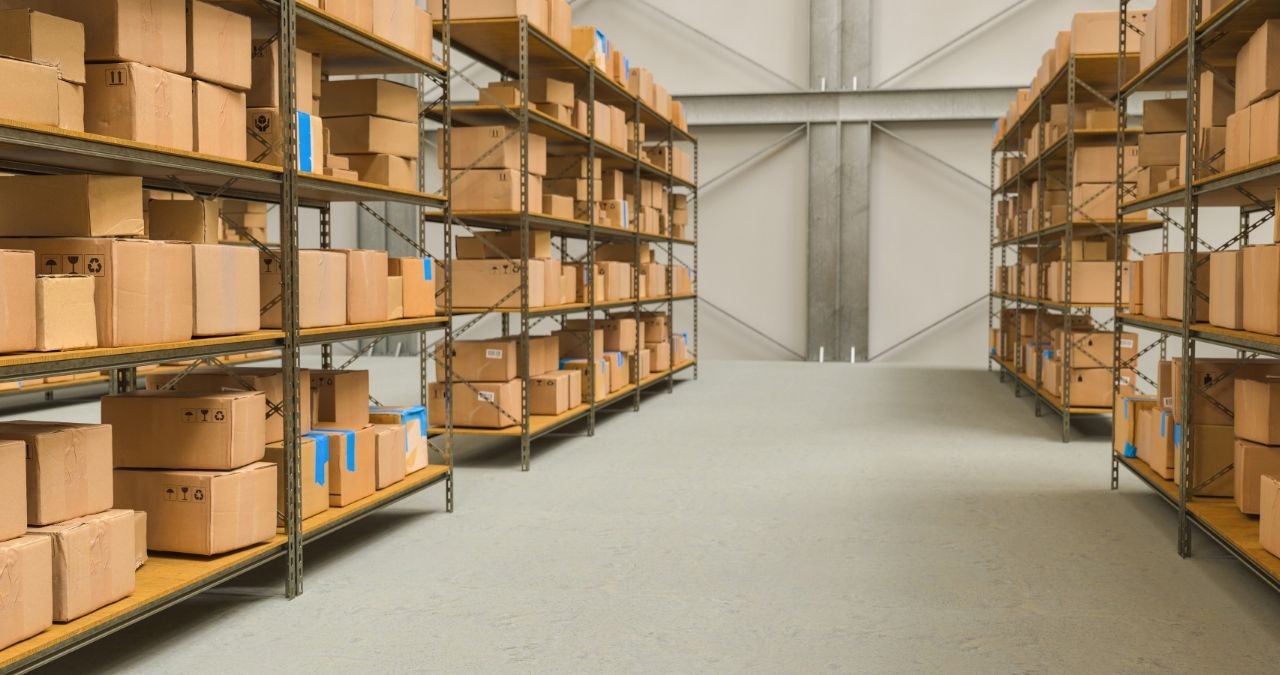
For those new to the world of stock and shipping, you may be wondering what safety stock is. This is a term that logisticians use to refer to an extra layer of stock used as a buffer. This buffer is intended to help mitigate some of the risks of stockouts triggered by uncertain changes in supply. Keeping a reliable amount of safety stock in a business venture allows businesses to operate without interruption.
What Is Safety Stock?
A company may order extra products to keep in their storeroom or warehouse to avoid dealing with empty shelves. Safety stock helps to manage the fluctuations that come with changes in demand.
Why Is Safety Stock Important
The main benefit is that it safeguards companies from running out of products. Businesses that have a generous amount of stock don’t have to worry about late deliveries from suppliers and will make customers happy. It is intended to be a short-term solution that allows you to prevent full inventory depletion ahead of your next shipment.
Create A Longer Lead Buffer
Having a reliable supplier that always provides consistent deliveries is great, but that doesn’t mean that you will never face problems. Supply lags can occur for many reasons; bad weather, poor shipping conditions, or even a manufacturer slow down. Unexpected delays are just a part of a business, and it is best to plan for them in advance. Keeping ample safety stock will prevent a stockout scenario that would otherwise leave you in the lurch.
How Safety Stock Protects Against Spikes In Demand
There are often sudden surges in demand around a product that market forecast may have failed to predict. This can occur due to seasonal sales or even due to a viral video that creates a buzz around a previously unknown product. Safety stock gives businesses a buffer that will allow them to keep popular items on the shelves and consistently fulfilling orders until the next shipment.
Guard Against Price Fluctuations
Sudden changes in the cost of goods can cause shortages or even make restocking too costly. This is usually due to a limit on raw materials or a change of price on the base materials at the manufacturer level. Price changes can also occur due to competitors or increased taxes in the area. Whatever the reason, safety stock can help create stability in unpredictable situations.
Calculating How Much Safety Stock To Procure
The amount you keep will depend on a variety of factors. Too much can lead to higher storage and carrying costs while too little will still leave your shelves empty. You will need to calculate your safety stock inventory level according to your lead time, regular sales numbers, and of course your budget. There are a few safety stock formulas commonly used to help determine the right amount of safety stock levels for any business.
- The general formula – used to prevent a stockout scenario.
- Fixed – used most often by production planners.
- General formula – a calculation of max daily sales and max lead time.
- Heizer & Render’s formula- used when there are significant vendor variations.
- Time-based calculation – used most often by product forecast numbers.
- Greasley’s formula – a calculation of demand fluctuations and lead times.
The type of product you plan to stock also will determine how much you need to store as a safety. For example, you can keep an extra 100 units of printer paper with little to no hassle, but storing 100 extra units of milk may present a storage and food safety issue. No matter which calculation you use, the result will ensure that you have stock when you need it the most.
Nebraska Warehouse One-Stop-Shop | Technology Enabled 3PL Value-Added Services Warehouse | Freight Broker | Logistics
Nebraska Warehouse doesn’t just help to facilitate your shipments, but we are truly a one-stop-shop solutions provider. Our services include:
-
- Professional Storage Development and Management
- Quality controlled Environment
- Responsive, Personal Customer Service
- Reasonable Price
- Real Estate Development and Management
- LTL & FTL Shipping
- Refrigerated Trucking & Storage
- E-Technology Software
- Transportation Freight
- Dedicated Contract Warehousing
- 3PL Public Warehousing
- 3PL Specifications
